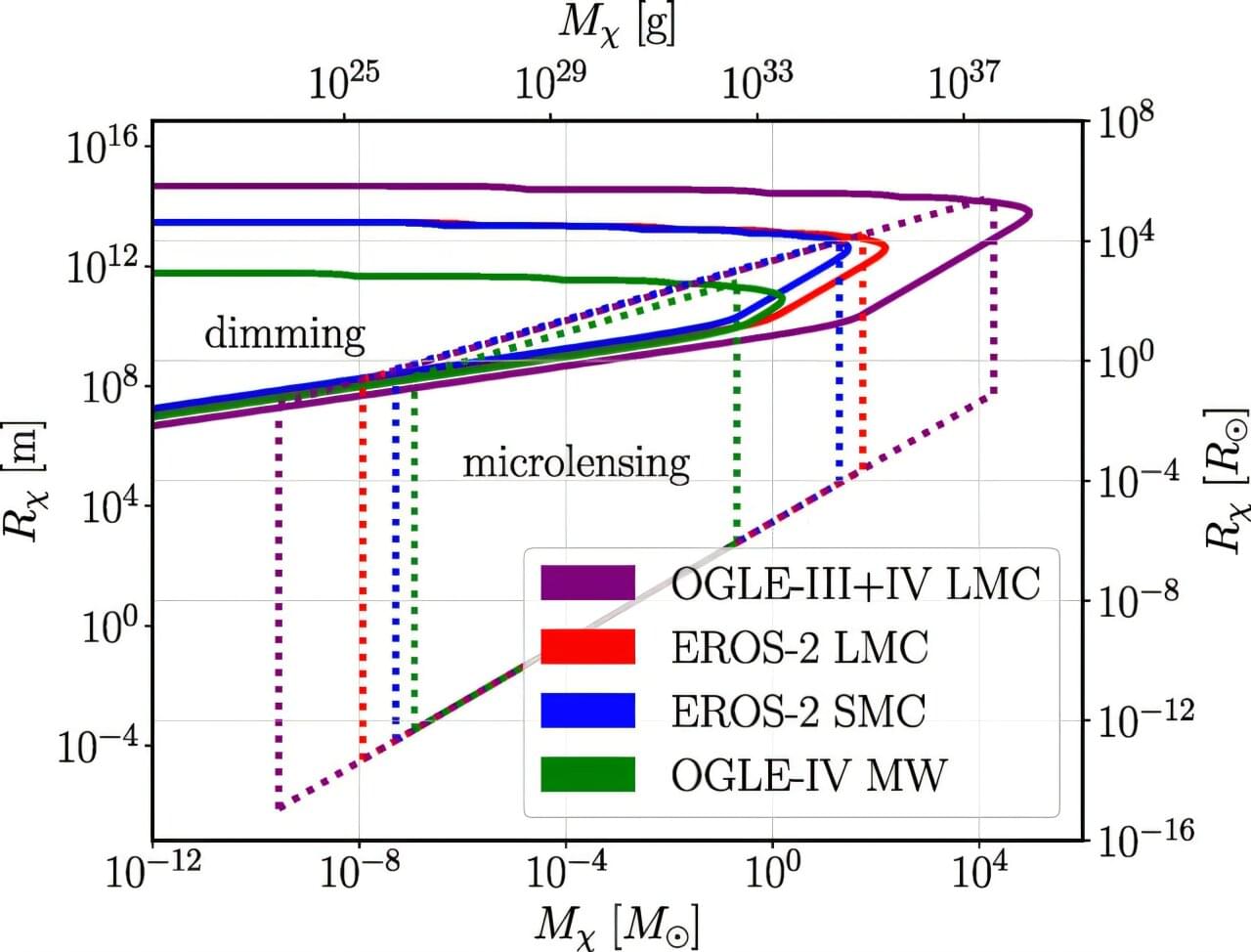The detection of dark matter, an elusive form of matter believed to account for most of the universe’s mass, remains a long-standing goal within the physics research community. As this type of matter can only emit, reflect or absorb light very weakly, it cannot be observed using conventional telescopes and experimental methods.
Physicists have thus been trying to predict what it may consist of and proposing alternative approaches that could enable its detection. Dark compact objects are a class of dense and invisible structures that could be made up of dark matter, but that have never been directly observed so far.
Researchers at Queen’s University and the Arthur B. McDonald Canadian Astroparticle Physics Research Institute recently introduced a new possible method for detecting dark compact objects by probing their interactions with photons (i.e., light particles). Their newly proposed approach, outlined in a paper published in Physical Review Letters, is based on the idea that as dark compact objects pass between the Earth and a distant star, they will dim the light emitted by this star.
